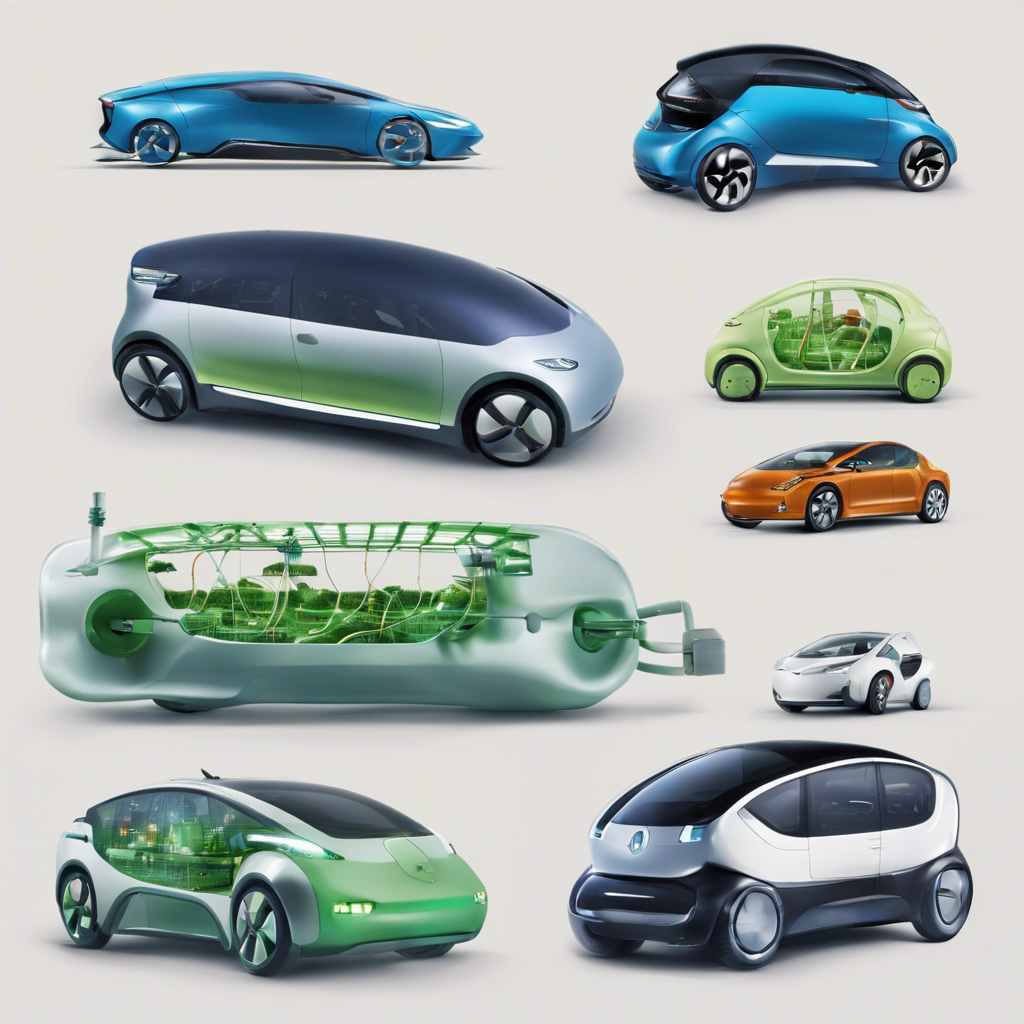How Electric Vehicles are Revolutionizing the Automotive Industry
In recent years, the automotive industry has witnessed a seismic shift with the rise of electric vehicles (EVs). As concerns over climate change and the need for sustainable transportation solutions grow, EVs have emerged as a viable alternative to traditional internal combustion engine (ICE) vehicles. With advancements in technology, improved infrastructure, and increasing consumer demand, the future of transportation is being reshaped by the electric revolution.
1: The Environmental Imperative
One of the driving forces behind the surge in popularity of electric vehicles is the urgent need to address climate change. With transportation being one of the largest contributors to greenhouse gas emissions, transitioning to electric vehicles offers a significant opportunity to reduce carbon footprints. EVs produce zero tailpipe emissions, leading to cleaner air and a healthier environment. As governments around the world set ambitious targets to reduce emissions, the adoption of EVs is seen as a crucial step towards achieving these goals.
2: Technological Advancements and Range Anxiety
Over the years, technological advancements have significantly improved the performance and range of electric vehicles, addressing one of the major concerns for consumers – range anxiety. With the development of high-capacity batteries, EVs can now travel farther distances on a single charge, making them more practical for everyday use. Additionally, the growth of charging infrastructure, including fast-charging stations, has alleviated concerns about finding charging points on long journeys.
3: Government Incentives and Support
To encourage the adoption of electric vehicles, governments worldwide have implemented various incentives and support programs. These include tax credits, grants, and subsidies, making EVs more affordable for consumers. In some regions, governments have also invested heavily in charging infrastructure, creating a network that supports the growing number of electric vehicles on the road. These initiatives have played a crucial role in driving the demand for EVs and accelerating the transition to a greener transportation system.
4: Economic Opportunities and Job Creation
The rise of electric vehicles has not only presented environmental benefits but also significant economic opportunities. As the demand for EVs continues to grow, the automotive industry is undergoing a transformation, with traditional manufacturers investing heavily in electric vehicle research and development. This shift has led to the creation of new job opportunities in sectors such as battery manufacturing, charging infrastructure, and software development. Additionally, the growth of the EV market has also opened doors for startups and entrepreneurs, fostering innovation and competition.
5: Overcoming Challenges and Future Outlook
While the growth of electric vehicles is promising, there are still challenges to overcome. The high cost of EVs, limited charging infrastructure in some areas, and concerns about battery recycling and disposal are areas that require further attention. However, with ongoing advancements in technology and increased investment, these challenges are expected to be addressed in the coming years.
Conclusion:
The rise of electric vehicles is transforming the future of transportation, offering a sustainable and environmentally friendly alternative to traditional vehicles. With the support of governments, technological advancements, and changing consumer preferences, EVs are poised to become the dominant mode of transportation in the years to come. As we embrace this electric revolution, we have the opportunity to create a greener and more sustainable future for generations to come. The road ahead may still have obstacles, but the journey towards a cleaner and more efficient transportation system has already begun.











